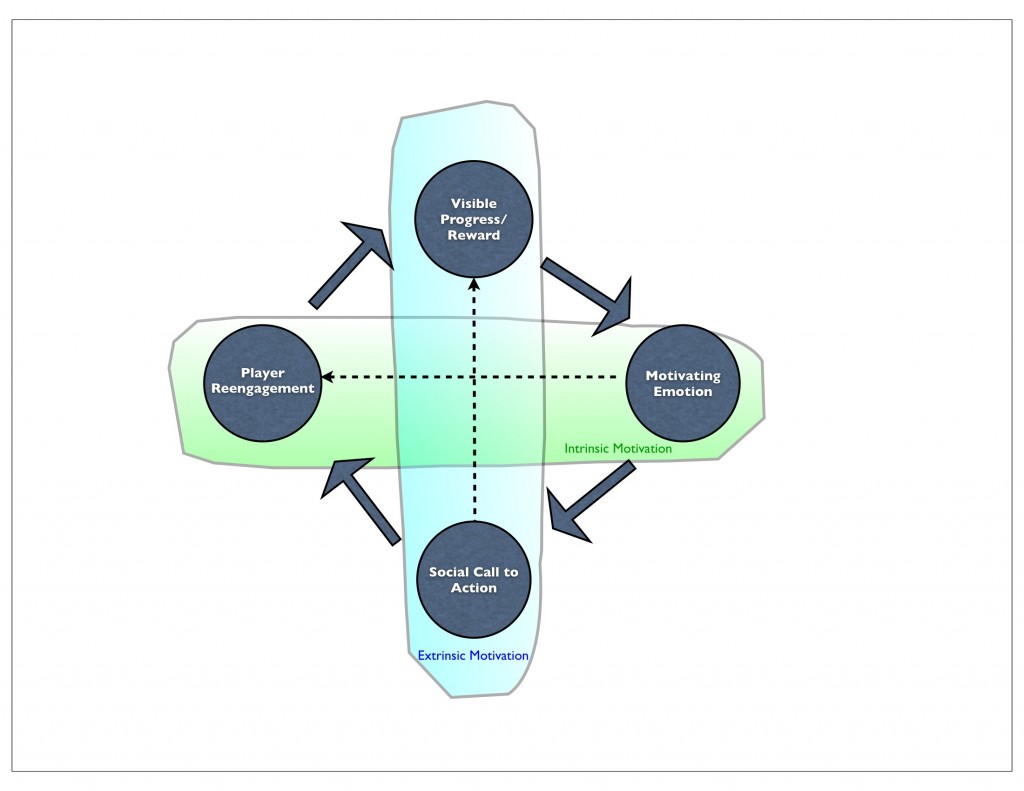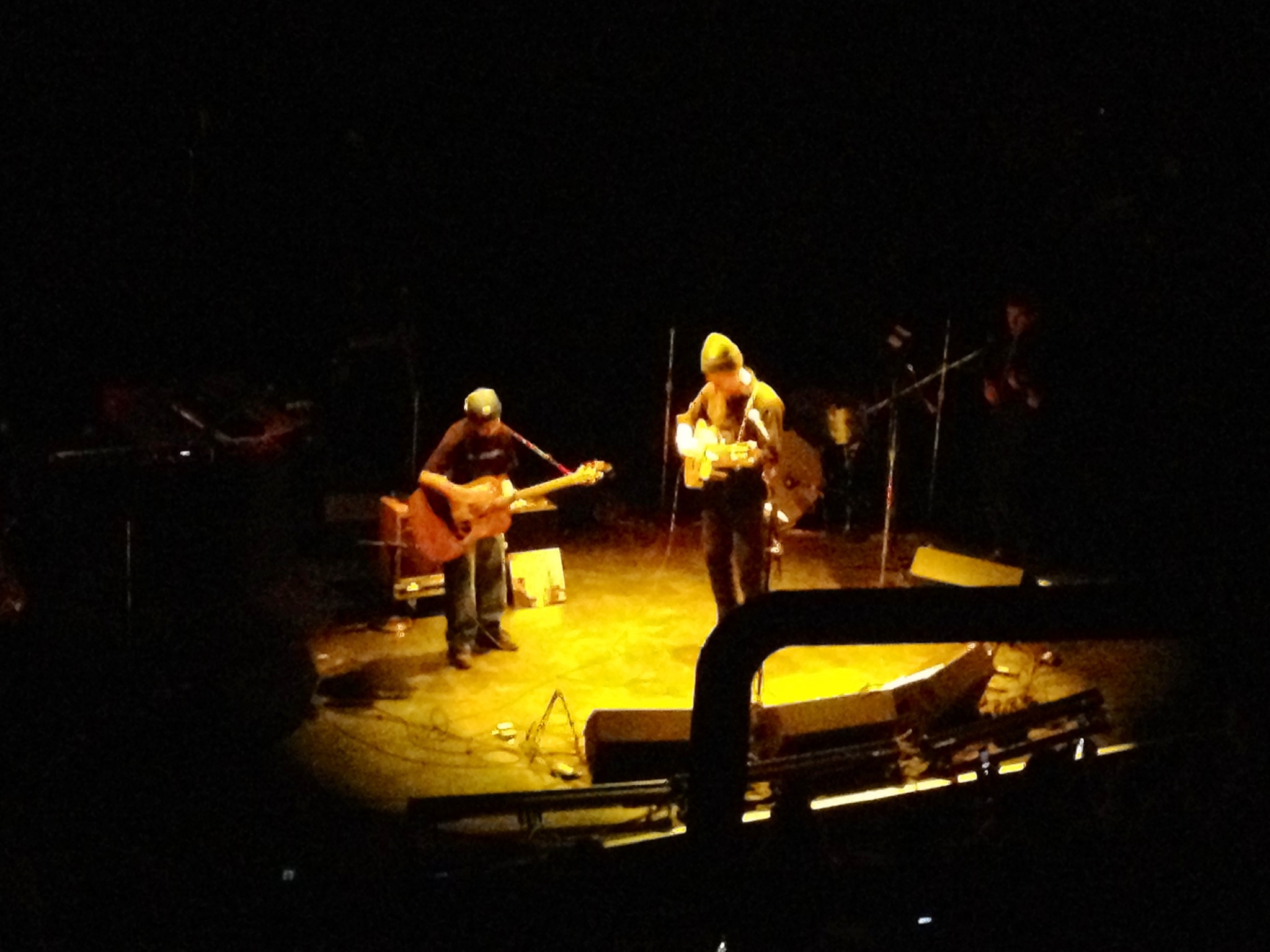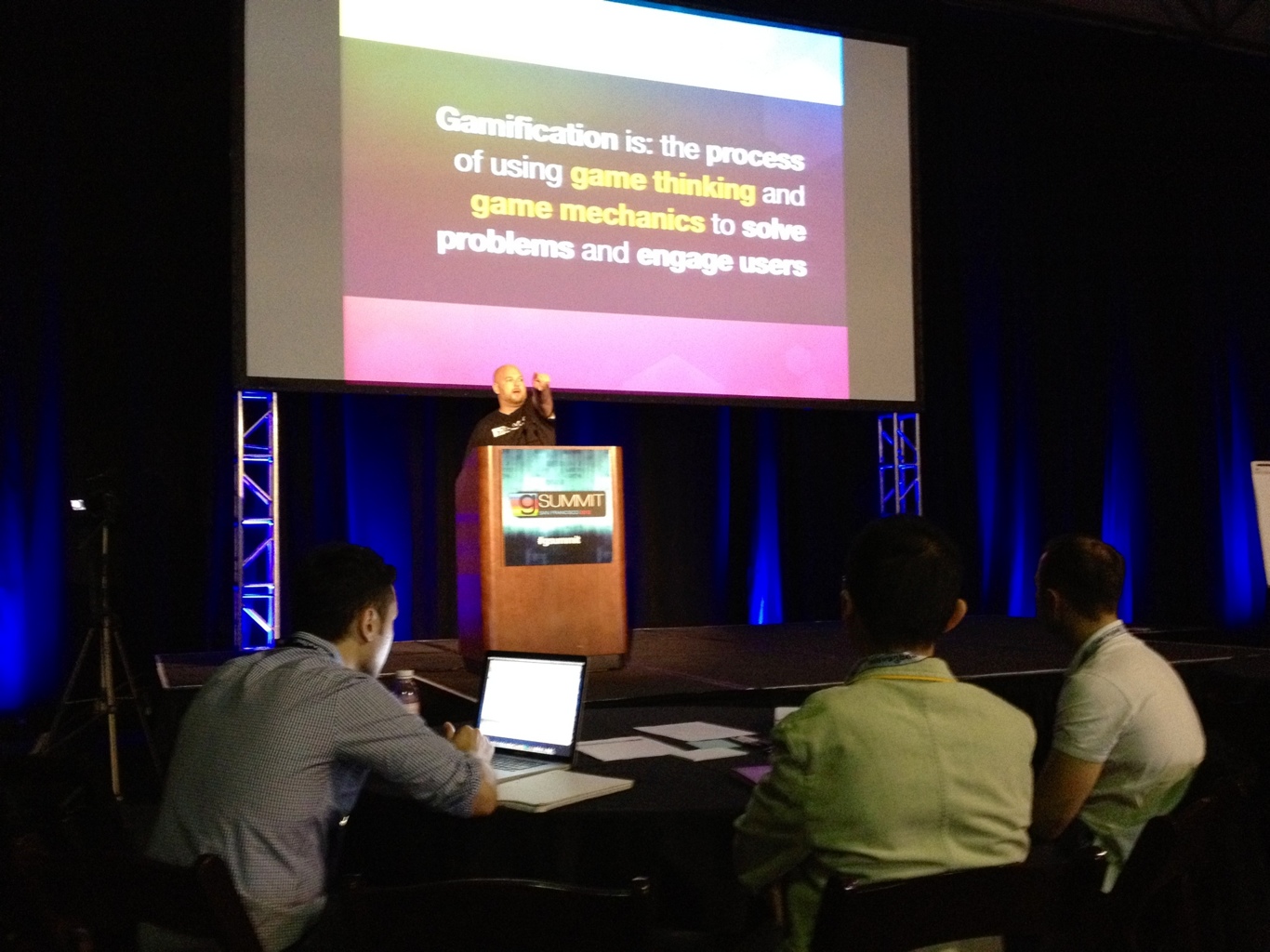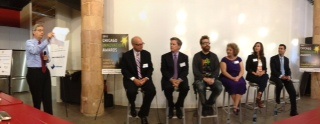Archive for the ‘Uncategorized’ Category
Happy Gamification: Grand Unified Model of Motivation
Thursday, August 2nd, 2012Here is my visual explanation showing why I don’t see a useful distinction between intrinsic and extrinsic motivation if you have a well designed gamified experience. These two separate systems of extrinsic and intrinsic motivations come together nicely if you overlay a social engagement loop on top of them.
It is a grand unified model of Motivation and the most powerful of those motivations is the emotion of happiness.
My notes for Passion Capital The World’s Most Valuable Asset by Paul Alofs
Tuesday, July 31st, 2012Here are my notes from Passion Capital by Paul Alofs.
A nice inspiration read. Andrew Daniel had sent out an article based on the book and it was interesting enough that I bought the book. Passion Capital is an easy read and full of stories (both personal and from history) that Alofs uses as examples of his seven principles which he says are the basis for passion capital. They are: Creed, Culture, Courage, Brand, Resources, Strategy, and Persistence. His formula for passion capital is Passion Capital = Energy + Intensity + Sustainability.
Book notes by page number
p6
Passion with a plan.
p19
“Whole Foods has a deeper purpose.” Mackey has said. “Most of the companies I admire in the world have a deeper purpose.”
And what is that purpose? “Business serves society,” he said in a profile in the New Yorker. “It produces goods and services that makes people’s lives better. Doctors heal the sick. Teachers educate people. Architects design buildings. Whole Foods puts food on people’s tables and we improve people’s health. We provide jobs. We provide capital through profits that spur improvements in the world. And we’re good citizens in the communities; we take our citizenship very seriously at Whole Foods.” (Five per cent of profits are donated to charity.)
p50
He talked about the future. He looked like the future.
p60
The key is to understand your failures. “I basically have survived by recognizing my mistakes,” Soros has said.
p77
Some of them have been very successful. But the larger companies are losing market share to smaller, more innovative companies that are making more interesting beer.
p96
At any given moment, certain resources have inherently more worth than others. The formula is rarely static. You need people or ideas or money or time. But what you need most changes month to month.
p128
At the time (late 19th century with Fredrick Winslow Taylor), the world was in the throes of the machine age, and the goals was to have people, as far as possible, mimic machines.
p144
Strategy in business depends on three issues: know yourself, know the enemy, know the market.
p148
Most strategies overestimate what can be accomplished in a year and underestimate what can be accomplished in five years.
163
The public sector is short on innovation but has responsibilities to society. The private sector possesses innovative ideas, but few of them are directed toward the larger benefit of society.
177
But a larger problem was that Ballard cared less about victory, which he couldn’t dictate, than exercising power, which he could. Ultimately, his passion wasn’t for winning but for power.
185
Where is the zeitgeist going? You need to hire for what is coming next, not what happened last.
196
What did I create? What do I value?
196
… playwright Arthur Miller said, all we can do is hope to end up with the right regrets.
“From Stuff to Story”
Tuesday, July 31st, 2012Great dinner at Jaipur (847 West Randolph) and conversation tonight with the Chicago Overlap crew for the occasion of Shel Kimen visiting Chicago. Shel Kimen made an interesting turn of phrase early in the night. She talked about “from stuff to story” when she was talking about her work in Detroit.
That phrase “from stuff to story” captured my imagination. I couldn’t stop thinking about it all dinner long.I kept repeating it over and over. When I got home I Googled it. Guess what – not a single reference. “No results found for “from stuff to story”.” My ears tingle when I find something I can’t find a Google result for a phrase.
Why haven’t people written that phrase? Why haven’t they thunk that thought?
People think the story comes first and then stuff comes from that. That first someone has to talk about something before it can come into the world.
I heard Shel’s phrase as a affirmation of “stuff first.” Naming and stories and labels comes afterwards.
It brought to mind the difference between labels and labeling, between names and naming. (From “Sorting Things Out: Classification and Its Consequences by Geoffrey Bowker and Susan Leigh Star)
Going “From Stuff to Story” makes it harder for stories to make and keep categories invisible and gives us a fresh way to examine and see our built information environment. Stories are the scaffolding of information infrastructures that surround our stuff. So I think I will give it a try to work “from stuff to story” for awhile and see what happens. 😉
References
Gamification with fruitbuddi
Wednesday, July 25th, 2012Last week I had the pleasure of skyping with Taylor Reynolds and Brandon Rivera-Melo of fruitbuddi about gamification. fruitbuddi is a product to “enable children to make healthy decisions in the grocery store.”
To direct the conversation we used the conceptual framework for gamification. It helped structure a critique of the fruitbuddi and exposed some gamification experience opportunities. The most interesting ones came out of considering the different levels of players and the social learning aspects of how different aged children and families might use the fruitbuddi and learn how to use it better as individual players moved from novice, to problem solvers, to masters.
We talked also about the behavioral onramps that exist in the kitchen or dinning areas that might reference and prime the anticipated use or recollections of using the fruitbuddi in the store. Taylor and Brandon asked about internal/external motivation. That isn’t in the framework. I purposely left it out. In the framework there are “positive emotion” loops that come from players trying to move to the next player level through the challenges. The loops are explicit, but the resulting positive emotion concepts are not. That is a weakness of the current framework that I need to fix and clarify. The discussion about how to embed more positive emotions into any (even minor) action/activity the players take did yield some more possible enhancements.
Overall the conceptual framework was useful for looking at a experience and having a structured dialog about how it could be gamified.
References
Thank you to Sami Nerenberg, Director of Operations at Design for American for putting fruitbuddi in touch with me.
The 1:9:90 rule of Social Media Theory. Does it apply to gamification?
Wednesday, July 25th, 2012Social Media meets Gamification
Last night at dinner with Michael Leis I shared the latest Conceptual Framework for Gamification before posting it online. Michael has extensive experience in social media. One of the things he said that really struck me was “I think the novices are much more numerous.” I asked why, and he brought up the similarities between this framework and the 1:9:90 rule.
The 1:9:90 rule would apply in such that
Masters : Originators 1%
Problem Solvers : Editors (Commentators) 9%
Novices : Lurkers 90%
The gamification allure for companies tends to center on the masters just like with social media the companies are focused on the User Generated Content that comes from the Originators, yet the pay dirt of social media comes from the lurkers, the readers, the masses. Likewise the paydirt we should look for in gamification is with the novices.
References
Conceptual Framework for Gamification
Conceptual Framework for a Gamification Experience
Monday, July 23rd, 2012Last Tuesday July 17th I spoke at Savannah College of Art and Design. It was a lively talk with faculty and students from Industrial Design/Design Management, Service Design, and Interactive Design and Game Development. Bob Fee, Christine Miller, and Sara Jo Johnson were the main organizers. We talked about play engines, bodystorming, and playwork.
I put forth a conceptual framework for a gamification experience.
The key constructs of the framework are:
- The different players: The novices, problem-solvers, and masters. Notice the social network represented by color transverses the different player roles and show that friendships and relationships as means of learning and knowledge sharing.
- The challenges (and the try/learn trajectories): the arrows that allow people to travel from a lower role to higher role. They also show how a player can try and not succeed and return to their previous role.
- The axis of realworld and gameworld: This is why the arrows are mirrored on each side. On the gameworld side the try/learn trajectory is low cost of failure since it is accomplished in a simulation or role play. On the real world side there is a higher cost to failure.
- The epic story: the larger narrative weaves the entire experience together for all the players of all levels and engaged in all types of activities.
References
The Design Management Department at SCAD where Chris Miller, Robert (Bob) Fee, and Sara Jo Johnson teach.
Concert Magic & Silos
Wednesday, June 27th, 2012Last night I was at The Vic Theater Lakeview Chicago Il to see Glen Hansard in concert. A great show.
Of course he had everyone clapping and singing, but there were two kids in the audience, who yelled out that they could play. One at a time he brought them up on stage to perform. It must have been a delight for them and everyone in the audience was loving it. The normal audience participation was expected, his invite to the kids was unexpected, a surprise. He broke down the wall. It was magic and it was beautiful.
This as another example of society embracing radical collaboration, sharing, mixing. Fewer silos, more working together.
It also transforms an activity from someone you see to something you are part of. Those kids might find it hard to say it was a bad concert because they were part of it, they were now responsible for it being a good experience. That’s also a shift we see in society with more “responsible” type gatherings like “Up to all of us” – put on by my friend Aaron Silvers. What a theme for a “conference” on learning and education.
Ethan the 11 year old performed Somebody I used to know & Broken hearted Hoover fixer sucker guy
Gamification Workshop
Wednesday, June 20th, 2012I am out in Fog City, San Francisco, at the Gamification Summit. In the Advance Workshop Gabe Zichermann presented to a sold out audience. He is able to combine different perspectives on gamification: strategic, operational, and psychological.
Highlights:
Gamification, the core of a good game, is about uncovering what is meaningful. Combining desire and mastery. The job of as game designer or designer of gamified systems is to break down the process of continuing engaging people as they move from novice, problem solver, expert, master, and visionary.
It is tempting to design games and gamefied systems solely for the achiever types of player. The problem of overdesigning for this personality type is that not everyone can win and if you try to widen the winners circle you lose the sense of a authentic win. Moreover there are many more people who aren’t achievers, such as explorers. Explorers help your community drive their understanding of the system. Social games are the dominate form of game design, most games are social games, and are a catalyst for meaningful social interaction. No product has ever failed for being too authentically social.
Zichermann did a deep dive looking at extreme couponing as a game. That lens opens interesting lines of questions such as “Did the supermarkets and brands design the eldergame incorrectly?”
Money is a weak motivator, becoming predictable and a boring reward. If you design the reward architecture of a game properly, the net result will be that the players will view the system as a very interest system (because you know the players and what they find fun.)
Reference
http://www.gsummit.com/
Chicago Innovation Awards: Past Winners Showcase: Creating and Leading a Culture of Innovation
Friday, June 15th, 2012I had a front row seat last night to listen to the past winners of the Chicago Innovation Awards. The room was packed at Red Frog Events. A great panel and good energy.
Some highlights:
They talked up Chicago and 1871 and the importance of environment for innovation.
Harper Reed (Obama for America, former Threadless CTO) said about Threadless “we weren’t trying to be innovative.” And when experts were talking about them as a poster child for crowdsourcing, his response “We wanted to be with our friends.”
Mark O’Connell talked about how SAVO celebrates innovation, each small act.
Tom Kuczmarski talked about the important of building mentoring in Chicago in order to grow an innovation environment.
Everyone on the panel talked about the importance of having a passion for the customer. Whether that customer was themselves or someone else.
Haper Reed also talked about the importance of diversity. Making his point about not just hiring developers that look like him.





